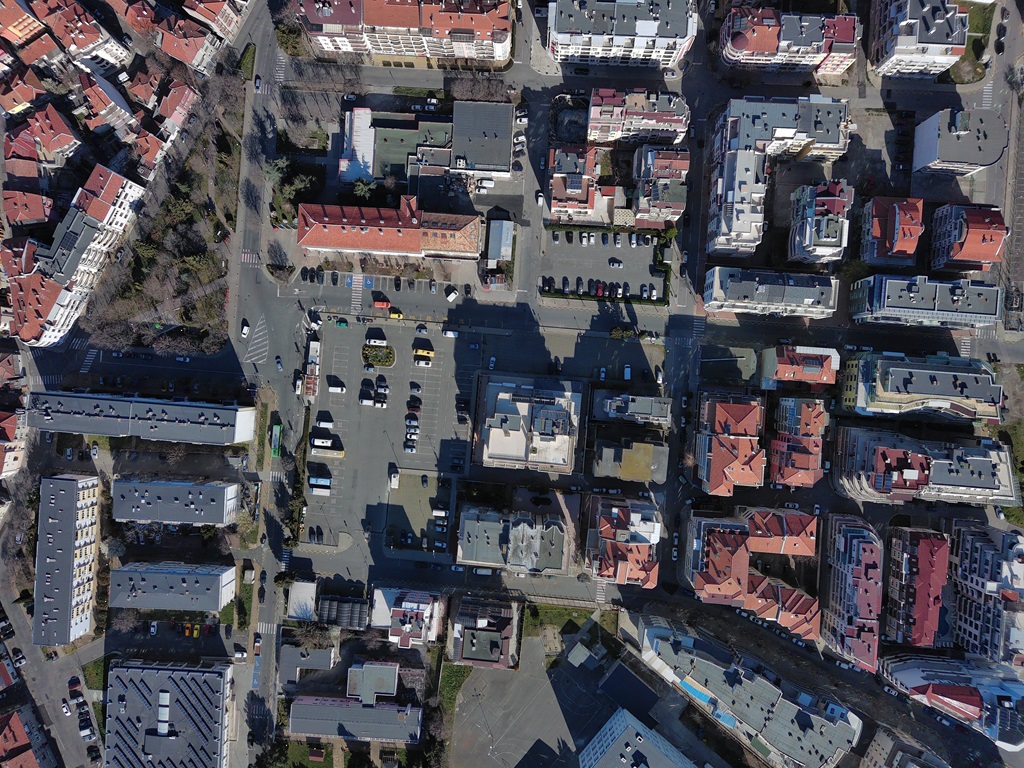One of the biggest challenges facing WiFi professionals is to keep up with really demanding scenarios. By this we mean environments where a large number of people want to use the same wireless network at the same time. There are many examples: from sports stadiums to train stations, from shops to large events. In this sense, the arrival of WiFi 6E networks will mean a leap forward. Do you want to know why? Let’s get started!
What is WiFi 6E?
We can say that WiFi 6E is an extension of the 802.11ax (WiFi 6) standard, the latest standard for wireless local area networks from the IEEE.
So what are the differences between WiFi 6E networks and those that are simply WiFi 6? Basically, devices that support WiFi 6E have hardware that makes them ready to operate in a new spectrum band, which is the 6 GHz band, with 1,200 MHz of new bandwidth and a wide variety of channels. A new band to add to WiFi 6’s own bands (the classic 2.4 and 5 GHz bands).
Main features of WiFi 6E
What are the practical consequences of implementing WiFi 6E? Its main advantages are related to the use of a new band that is little used by other technologies. The absence of interference and low noise will allow very attractive transmission rates for high-demand applications, such as 4K video. This band, however, will have a shorter range (coverage), especially in indoor environments with thick walls and floors.
WiFi 6E allows new additional channels to be used. These can range from 56 20 MHz channels, 28 40 MHz channels, 14 80 MHz channels and 7 160 MHz channels.
All this translates into faster connections, less interference, fewer dropped packets and retransmissions, leading to greater efficiency and stability in environments where there are a significant number of connected users in close proximity to the access points.
Therefore, WiFi 6E connections will be really useful in situations where there are large concentrations of people in places such as stadiums, concert halls, shopping centres, airports, hotels, trains, etc.
The basis of WiFi 6E: the 802.11ax standard
WiFi 6E can be seen as an extension of the latest WiFi 6 technology, although it is a far cry from the early proposals we are seeing for a hypothetical WiFi 7 back in 2024. In this sense, WiFi 6E simply includes an attractive portion of additional spectrum for transmitters.
WiFi 6 was introduced by the WiFi Alliance in 2020, so it is a standard that has many new benefits for its users. How did we get to this point? What did WiFi 6 mean compared to its predecessor, WiFi 5 or 802.11 ac?
One of the main performance improvements of WiFi 6 is that it brings many of the improvements of 802.11ac (MU-MIMO, bandwidths above 40 MHz, 256-QAM modulation) also to the 2.4 GHz band, whereas WiFi 5 only does so in the 5 GHz band. In addition, the bandwidth of the WiFi 6 channels can be divided into sub-channels to solve the problem of high device density.
WiFi 6 connections have a theoretical maximum speed of 9.6 Gbps, while WiFi 5 has 6.9 Gbps. These results are achieved thanks to a series of technologies that provide unquestionable advantages. Here is a summary of the most important ones:
- OFDMA (Orthogonal Frequency-Division Multiple Access). It divides the bandwidth of each channel into sub-channels. This minimises the problem of competition between multiple users bidding for resources on the same network. One device will not always hog all the bandwidth with OFDMA.
- Bi-directional MU-MIMO (Multi-User Multiple-Input and Multiple-Output). Access points can be connected simultaneously with multiple devices, both upstream and downstream. In this way, the quality of the connection will not decrease as a result of competition between these devices.
- BSS Colour. It eliminates the interference problems that arise when several access points are working on the same channel. For this purpose, a colour code (at bit level) is implemented for each device that wants to connect, which makes it easier for them to make decisions in real time in case of competition for resources.
- TWT (Target Wake Time). Devices negotiate with access points when they wake up from a slumber. In the meantime, they will remain idle and will not be continuously trying to do so. All this results in better battery savings for your laptops, mobile phones, tablets, IoT devices, etc.
- WiFi 6 offers more secure connections thanks to the use of the WPA3 (WiFi Protected Access 3) security protocol. WPA3 features 192-bit encryption, compared to 128-bit encryption in its predecessor, WPA2. However, WPA3 is also available in WiFi 5 APs such as those from Galgus.
WiFi 6E deployment in 2021
Like WiFi 6, WiFi 6E is taking its first steps in terms of device implementation. 2021 will be the year when this technology is expected to make its big leap. In the United States, the regulation is already prepared for its deployment.
The WiFi Alliance itself expects some 338 million devices supporting WiFi 6E to be marketed this year. In addition, between 2021 and 2022, 20% of devices sold will have this new wireless connectivity standard.
So that you don’t miss out on all the opportunities that are opening up to you with WiFi technology, at Galgus we have access points and software that will help you overcome all the connectivity challenges that seemed impossible until now.
Can you tell us about your case and we will analyze it thoroughly?









